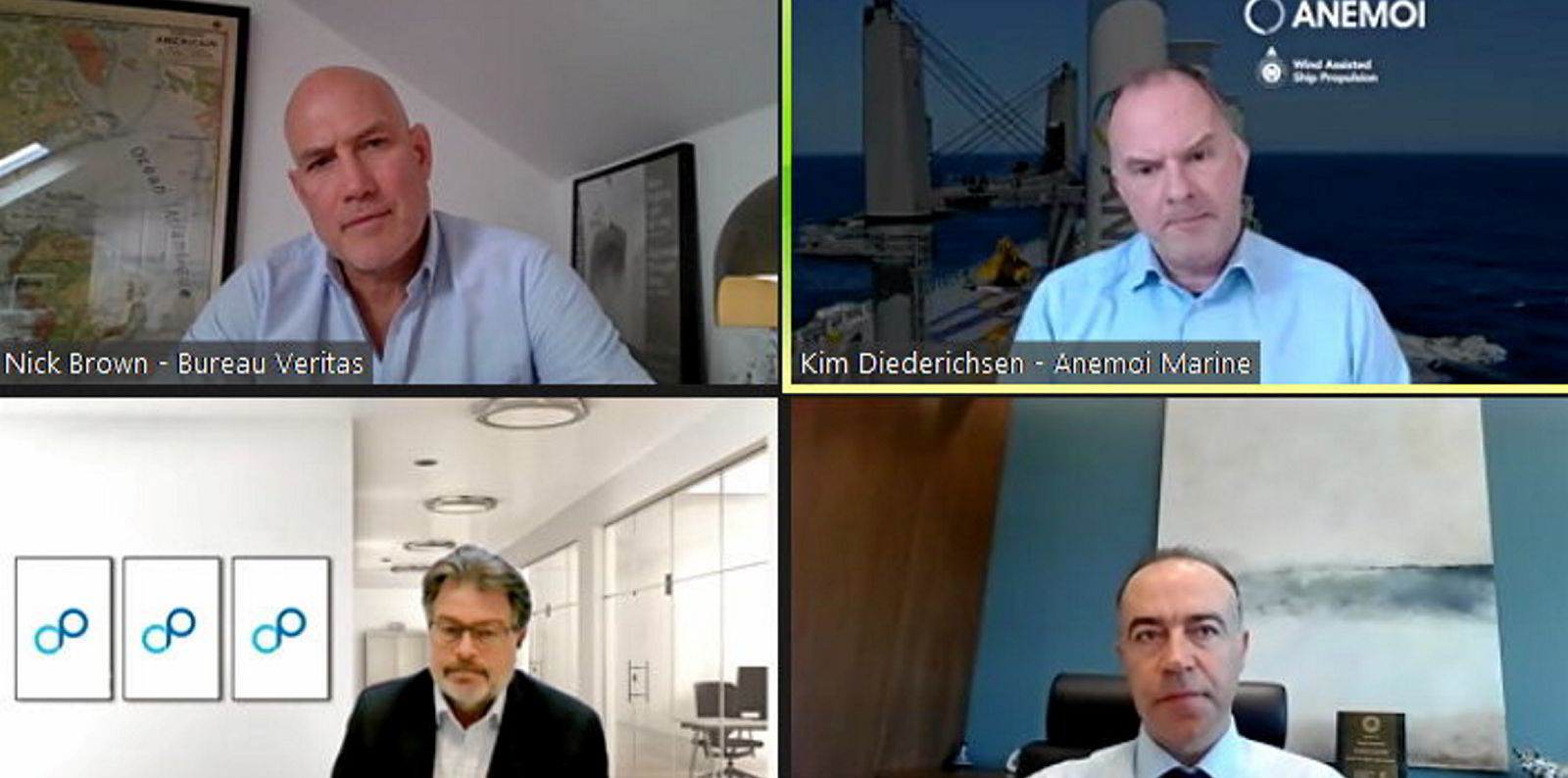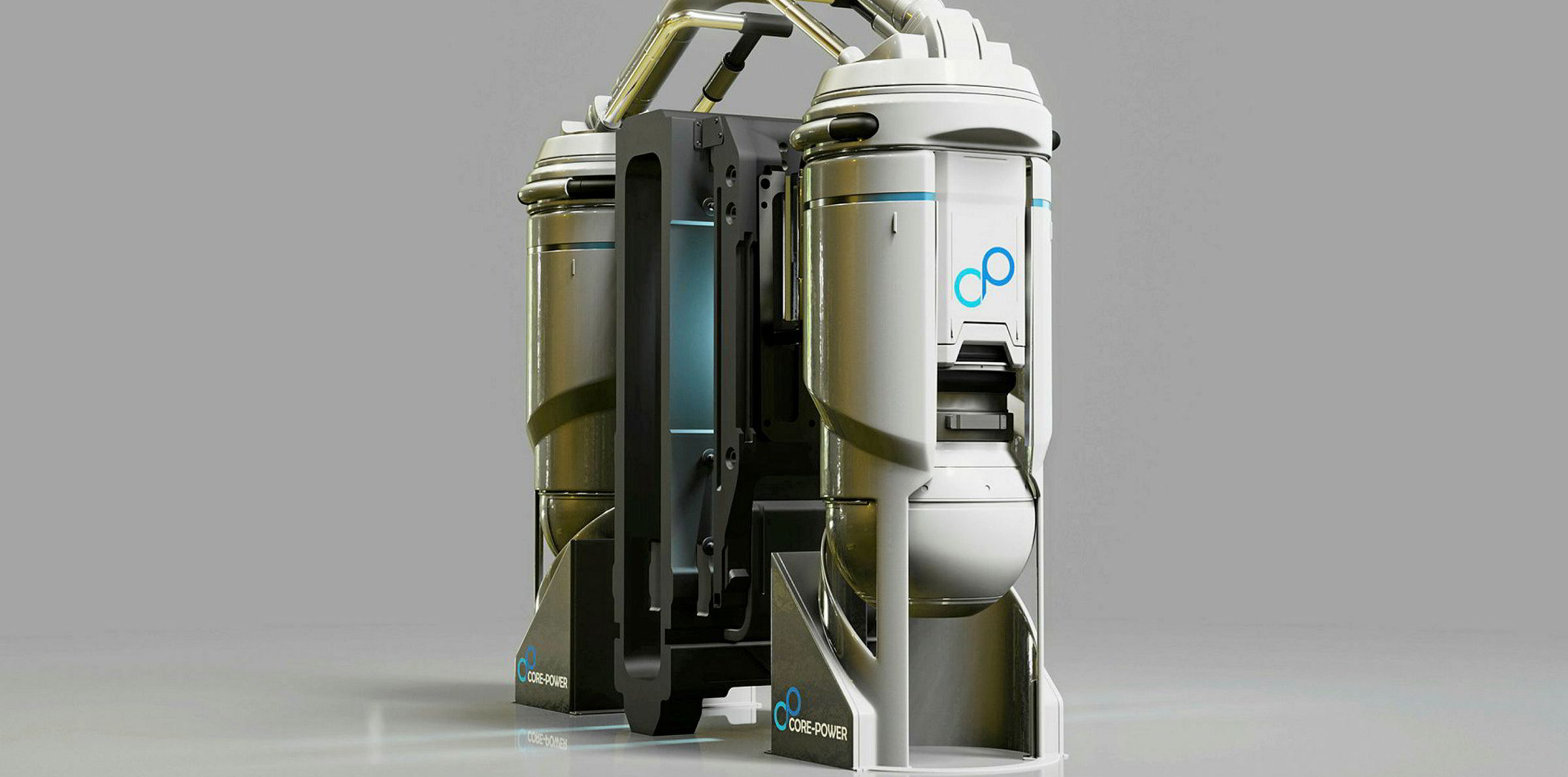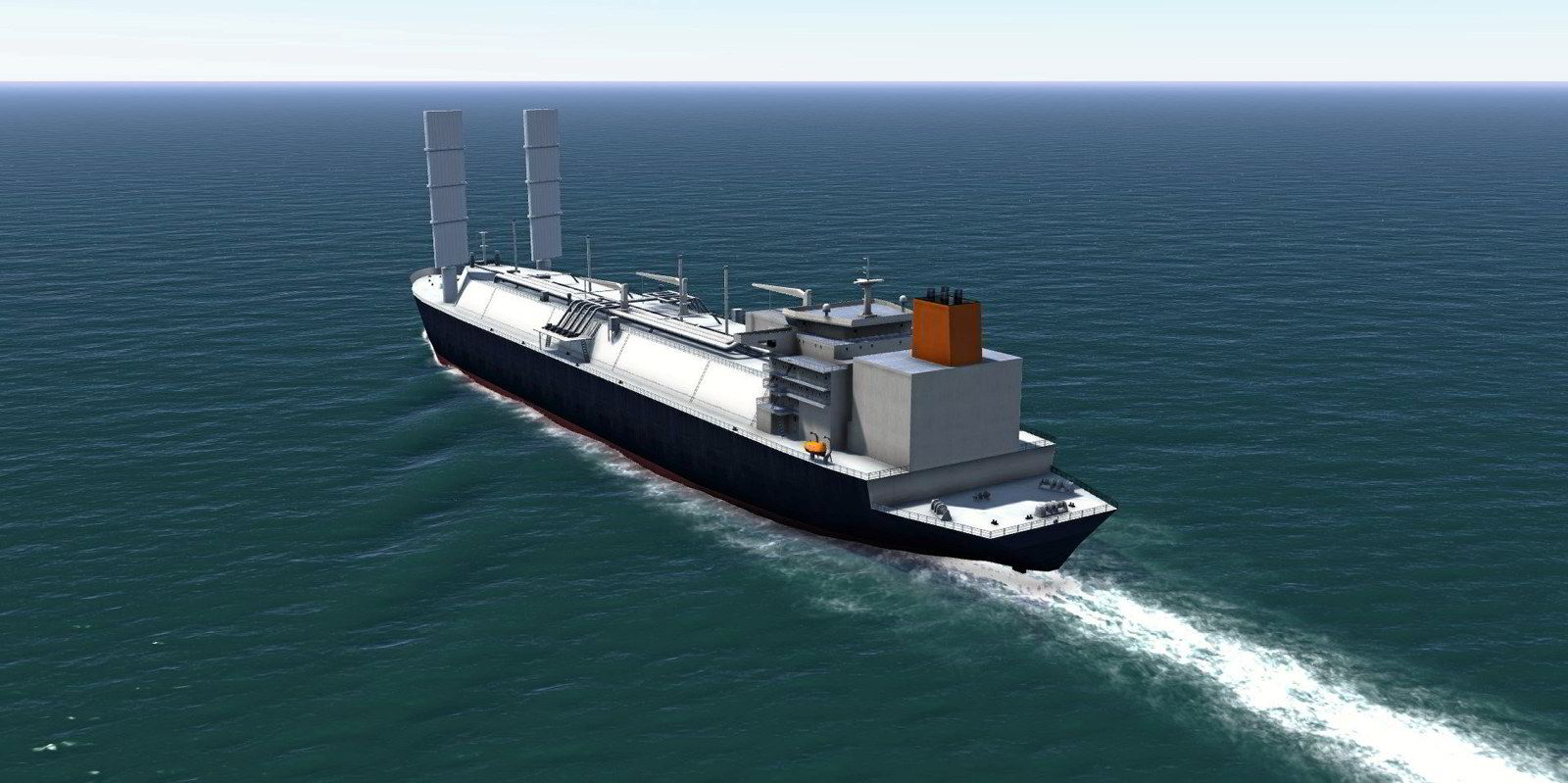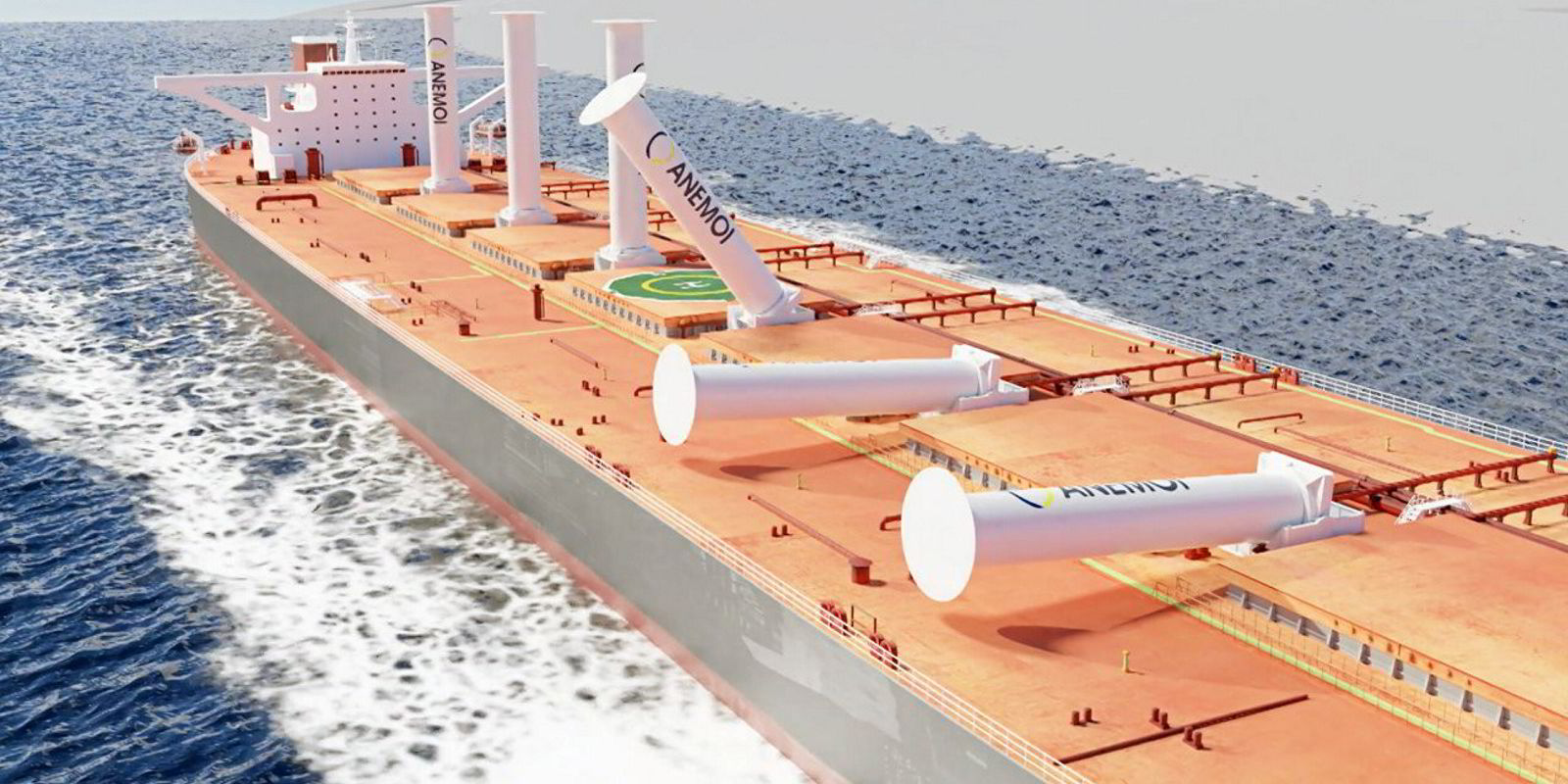UK manufacturer Anemoi Marine believes demand for rotor sails for ships will soon exceed supply, but the company has come up with a stopgap solution.
Chief executive Kim Diederichsen told a CapitalLink shipping decarbonisation forum that demand for the carbon-cutting technology is increasing, with late 2021 and 2022 set to be very busy.
He said the industry needs different kinds of roll-out to meet demand.
Anemoi is offering clients the opportunity to be "wind-ready", which means docking a ship now to do preparatory work.
Then, when the rotor kit becomes available, it can be fitted quickly and easily.
"Everything besides the physical installation of the rotors can be done now," Diederichsen added.
"Right now there is a production limitation of rotor sails," he said.
Diederichsen argues that rotor systems are 10 times more efficient than conventional sails, despite using energy to drive them.
Time to consider nuclear option
The online forum also heard from Mikal Boe, chief executive of Core Power, which is aiming to develop floating nuclear power plants to generate zero-emissions fuels before the end of the decade.
He said the small-scale molten salt reactor system is a truly emission-free energy source.
"It's a new energy system," he added. This will open up new economies and new products, and the chance for shipping players to deploy capital in areas outside traditional maritime activities, Boe believes.
Geir Bjorkeli, chief executive of Corvus Energy, made the case for battery power.
He said this technology is available for all vessels.
"For old vessels, the business case is not quite so good, but there is a huge fleet of modern diesel-electric vessels already out there," he added.
Corvus is busy pioneering the use of batteries on bulkers, and has recently fitted a 10MW system on a cruiseship.
Bjorkeli said batteries are attractive to cruiseship owners because they are quiet and meet requirements to have zero emissions in port.







